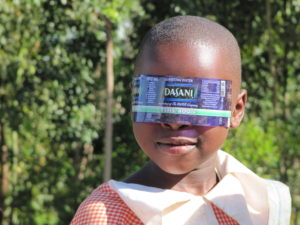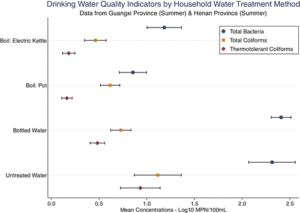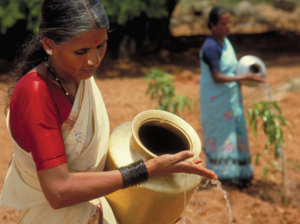Refinement & Finalization of the Multidimensional Poverty Assessment Tool (MPAT)
 Following the release of the working-paper User’s Guide for the Multidimensional Poverty Assessment Tool (MPAT) in 2009, a number of agencies and universities used the beta-version of MPAT in a variety of settings. In order to finalize MPAT and develop a comprehensive User’s Guide and associated resources, we built on the lessons learned from early adopters of the the tool (e.g., an NGO in Kenya) and iteratively used and evaluated the tool with IFAD-supported projects in Bangladesh and Mozambique. Details on the participatory expert elicitation methods we used are provided in a Journal of Development Studies paper. We developed an Excel-based data entry platform so users could easily calculate MPAT’s indicators at household, village, and project levels. We also wrote a comprehensive, 300+ page, 2014 MPAT User’s Guide which provides step-by-step instructions for using MPAT as well as training modules and materials, all with the goal of making MPAT an accessible open-source tool. The User’s Guide and accompanying resources were presented at a 2014 launch event in Rome. Since its 2014 release, MPAT has been translated into a number of languages, an optional 11th component focused on climate change was added, and MPAT has been used by a variety of agencies and institutions around the world. MPAT publications and related resources are available at www.ifad.org/mpat.
Following the release of the working-paper User’s Guide for the Multidimensional Poverty Assessment Tool (MPAT) in 2009, a number of agencies and universities used the beta-version of MPAT in a variety of settings. In order to finalize MPAT and develop a comprehensive User’s Guide and associated resources, we built on the lessons learned from early adopters of the the tool (e.g., an NGO in Kenya) and iteratively used and evaluated the tool with IFAD-supported projects in Bangladesh and Mozambique. Details on the participatory expert elicitation methods we used are provided in a Journal of Development Studies paper. We developed an Excel-based data entry platform so users could easily calculate MPAT’s indicators at household, village, and project levels. We also wrote a comprehensive, 300+ page, 2014 MPAT User’s Guide which provides step-by-step instructions for using MPAT as well as training modules and materials, all with the goal of making MPAT an accessible open-source tool. The User’s Guide and accompanying resources were presented at a 2014 launch event in Rome. Since its 2014 release, MPAT has been translated into a number of languages, an optional 11th component focused on climate change was added, and MPAT has been used by a variety of agencies and institutions around the world. MPAT publications and related resources are available at www.ifad.org/mpat.









